Search Results
Search
Filter results
Advanced Filters
Your search returned 883 Solutions
-
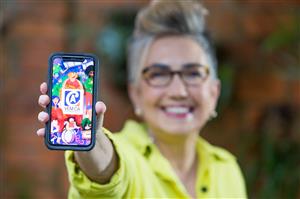
Accessible platform screening events for 12 accessibility features
VEM CA is a free and accessible phone app, developed by the Brazilian NGO Escola de Gente, that informs users where and when accessible events are taking place. The app covers hundreds of events every year and allows users to search by 12 accessible features and in 24 event categories.
Escola de Gente - Communication in inclusion, VEM CA - Accessible Culture App, Brazil -
Accessible tourism for people with psychosocial disabilities in-country and abroad
Nofesh offers recreational experiences for people with psychosocial disabilities in Israel, from one-day tours to five-day vacations, developed by the NGO ENOSH. The offer includes comprehensive support and accompaniment. During the Covid-Pandemic, virtual tours and lectures were offered.
ENOSH - The Israeli Mental Health Association, Nofesh, Israel -
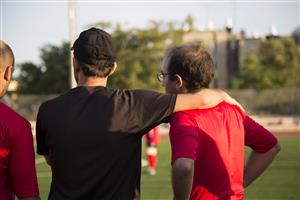
Pioneering a personal budget model as part of national social services
Although the concept of a personal budget is an established practice in the United States and parts of Europe, it is new for Israel. Between 2016 and 2018, some 200 professionals have been trained and 50 people with a variety of disabilities have benefitted. In 2019, another 300 beneficiaries joined the program.
JDC Israel - Israel Unlimited, Personal Budget Model, Israel -
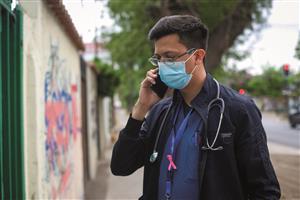
Providing personalized municipal care support for persons over the age of 80
In 2020 the municipality of Cerro Navia, in Chile’s capital region of Santiago, launched ‘Plan 80’ – a person-centred monitoring, follow-up, and support programme for persons with and without disabilities over the age of 80. By end of 2021 the programme had supported over 3,700 beneficiaries.
Cerro Navia Municipality, Plan 80, Chile -
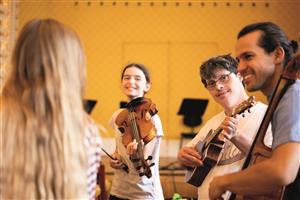
A leading concert hall offering a free and inclusive musical workshop week
Since 2019 the Wiener Konzerthaus, one of the leading concert halls in Austria, has been organizing summer music workshops (‘SommerMusikWoche’) for up to 80 participants. The programme is supervised by professional music educators and is free of charge.
Wiener Konzerthaus, SommerMusikWoche/Inclusive Music Programme, Austria -
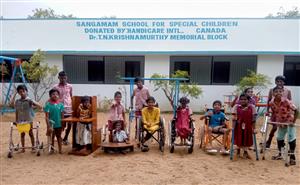
Providing assistive technology for children in rural Asia
In 2020, Amar Seva Sangam of India launched the ‘Paediatric Assistive Technology Provision’ programme with a focus on children in rural areas, including a training programme for rehabilitators and financial support. It is expected that by the end of 2022 close to 1,000 assistive devices will be provided to users.
Amar Seva Sangam, Paediatric Assistive Technology Provision Programme, India -
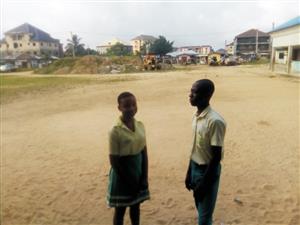
Using a mix of radio and digital content to train young learners in rural areas
Outlook Humanitarian Care Initiative (OHCI) from Nigeria has developed ‘Interactive Audio Instruction’, a mixture of radio and digital platform for distance learning. The educational offering is aimed particularly at women, young people, and children both with and without disabilities.
OUTLOOK HUMANITERIAN CARE INITIATIVE, Interactive Audio Instruction – radio-based learning, Nigeria -
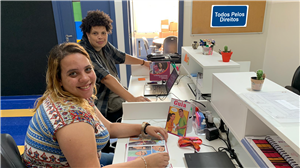
Self-advocacy group of persons with intellectual disabilities
Im Jahr 2011 initiierte das Instituto Jô Clemente in São Paulo, Brasilien, das Projekt "Selbstverteidigung", um Menschen mit geistigen Behinderungen zu befähigen, sich selbst zu verteidigen. Seit 2015 hat die Gruppe von Selbstvertretern einen Sitz im Stadtrat von São Paulo, im Jahr 2022 hatte sie 30 Mitglieder:innen.
Jo Clemente Institute, Self-Defence Project, Brazil -
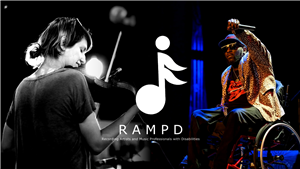
Disability-led network for promoting professional artists and musicians
Founded by US musical artist Lachi in 2021, the Recording Artists and Music Professionals with Disabilities (RAMPD) network is dedicated to promoting disability culture and accessibility in the music industry, including ‘certification’ of venues. By 2022, RAMPD already had 60 professional members.
Recording Artists and Music Professionals with Disabilities (RAMPD), Recording Artists and Music Professionals with Disabilities (RAMPD), United States of America -
Free mobile app and glasses that sync audio description and captions to movies
HELLO! MOVIE is a user-free application, launched in 2020 by the Japanese start-up Evixar, that allows people with visual or hearing disabilities to access the subtitles or audio description of movies via their smartphone or to project them onto smart glasses. The functions automatically synchronize only with the sound of the movies.
Evixar Inc., HELLO! MOVIE, Japan
- Page 1
- Page 2
- Page 3
- Page 4
- Page 5
- Page 6
- Page 7
- Page 8
- Page 9
- Page 10
- Page 11
- Page 12
- Page 13
- Page 14
- Page 15
- Page 16
- Page 17
- Page 18
- Page 19
- Page 20
- Page 21
- Page 22
- Page 23
- Page 24
- Page 25
- Page 26
- Page 27
- Page 28
- Page 29
- Page 30
- Page 31
- Page 32
- Page 33
- Page 34
- Page 35
- Page 36
- Page 37
- Page 38
- Page 39
- Page 40
- Page 41
- Page 42
- Page 43
- Page 44
- Page 45
- Page 46
- Page 47
- Page 48
- Page 49
- Page 50
- Page 51
- Page 52
- Page 53
- Page 54
- Page 55
- Page 56
- Page 57
- Page 58
- Page 59
- Page 60
- Page 61
- Page 62
- Page 63
- Page 64
- Page 65
- Page 66
- Page 67
- Page 68
- Page 69
- Page 70
- Page 71
- Page 72
- Page 73
- Page 74
- Page 75
- Page 76
- Page 77
- Page 78
- Page 79
- Page 80
- Page 81
- Page 82
- Page 83
- Page 84
- Page 85
- Page 86
- Page 87
- Page 88
- Page 89